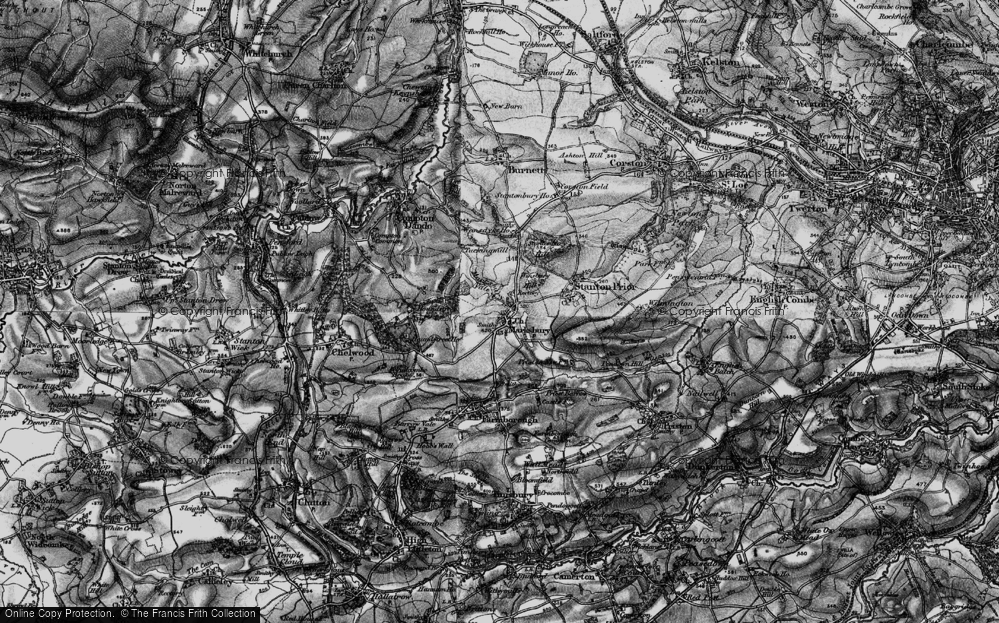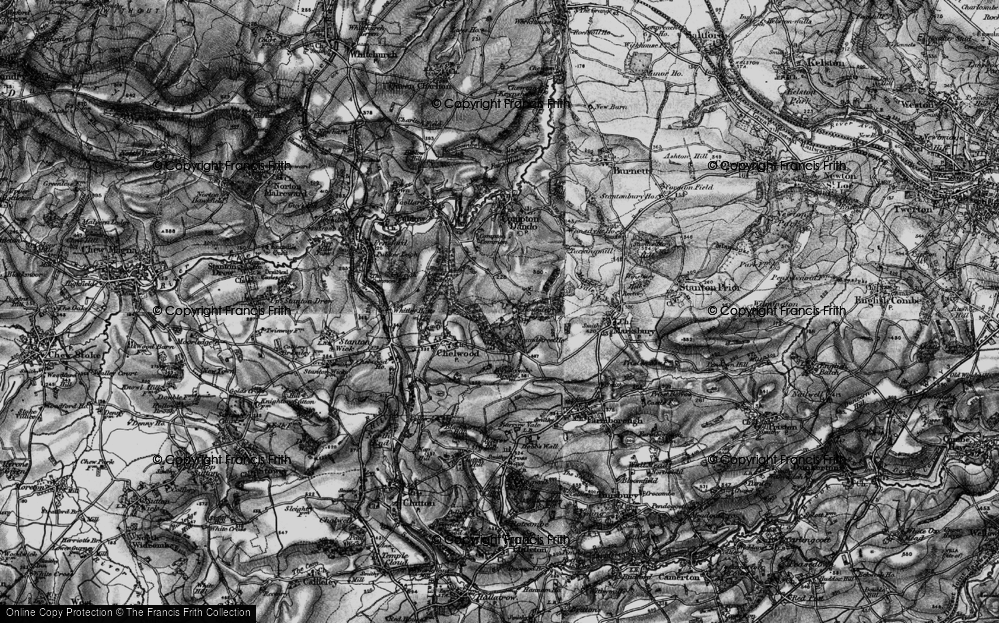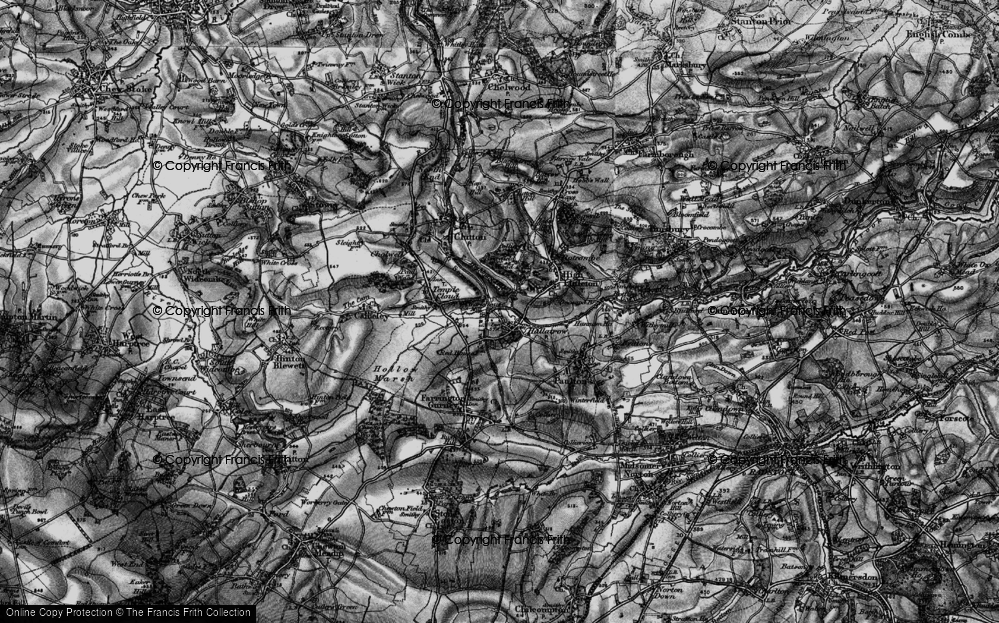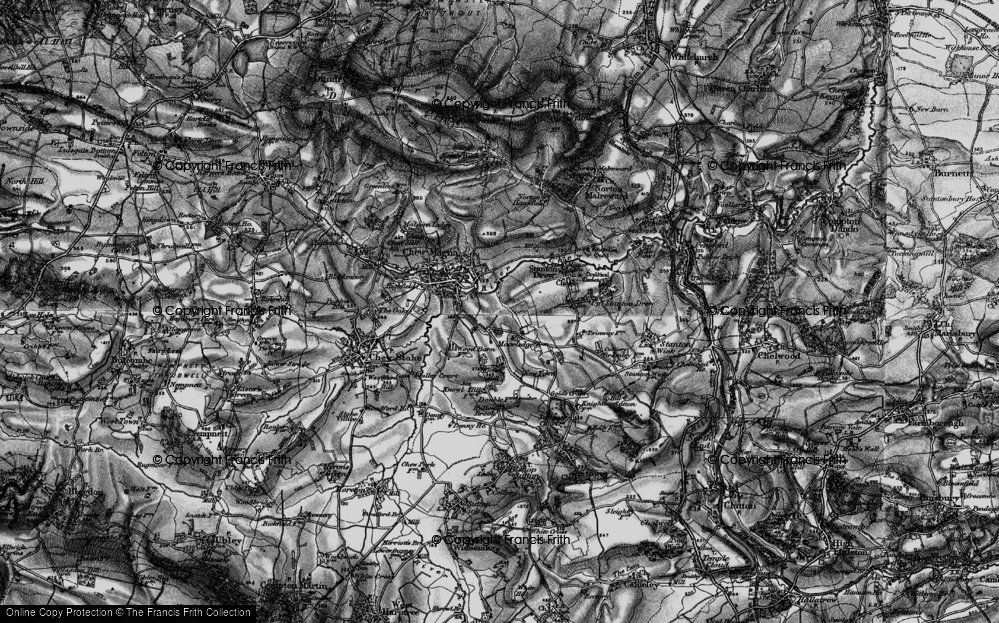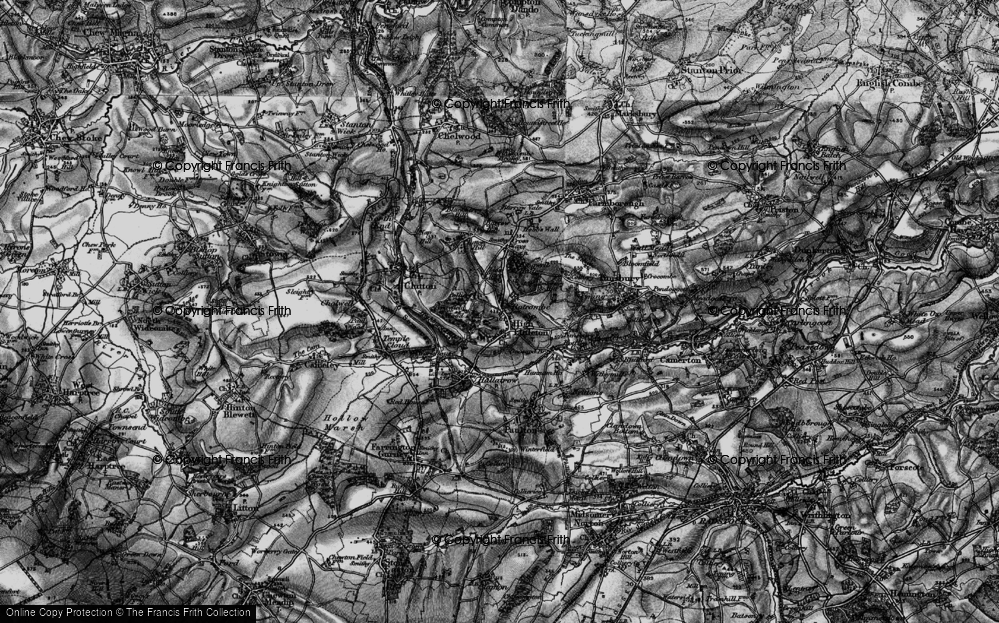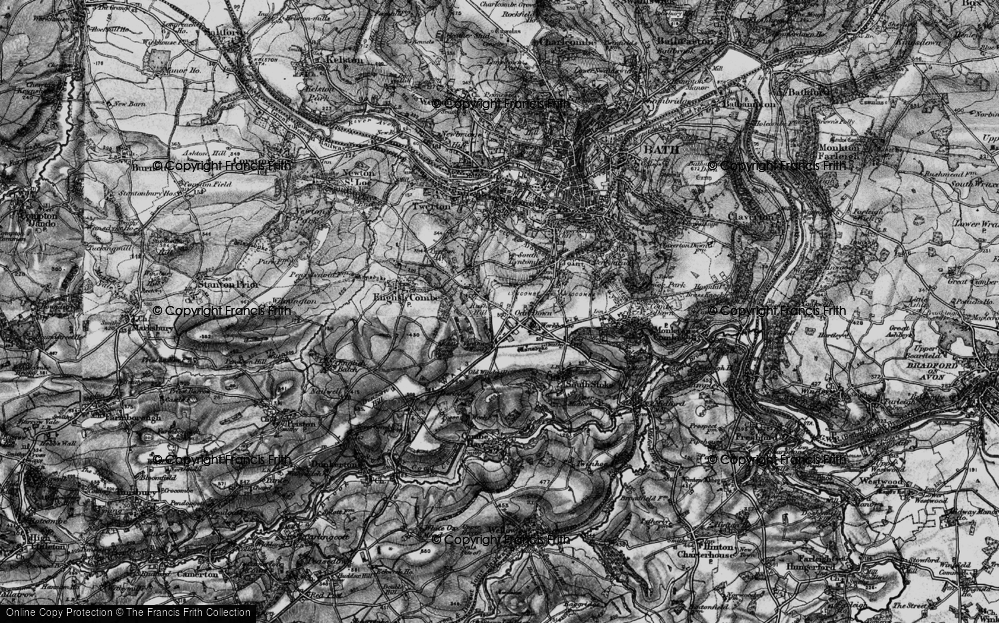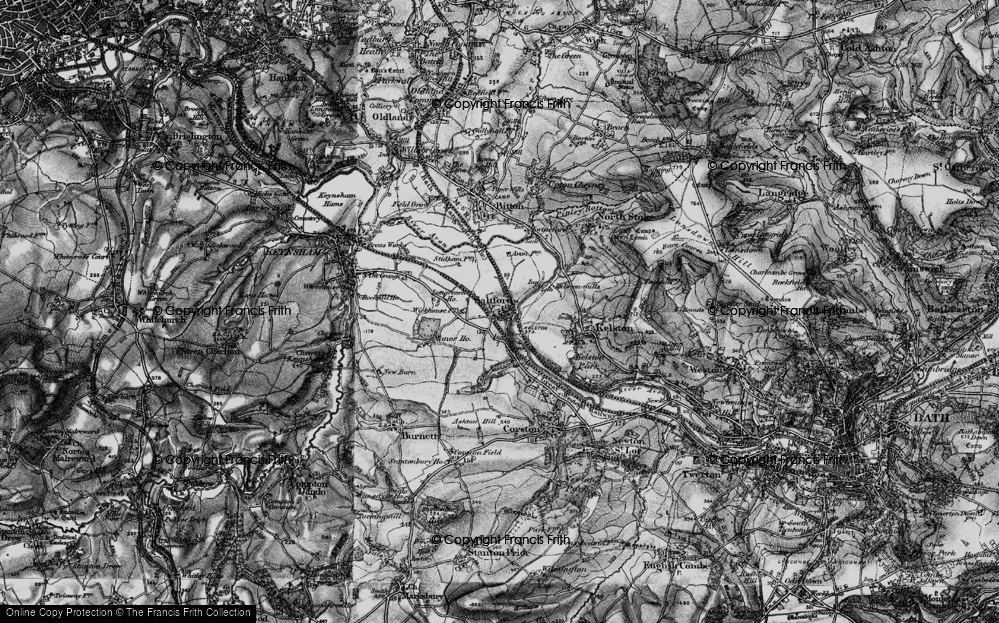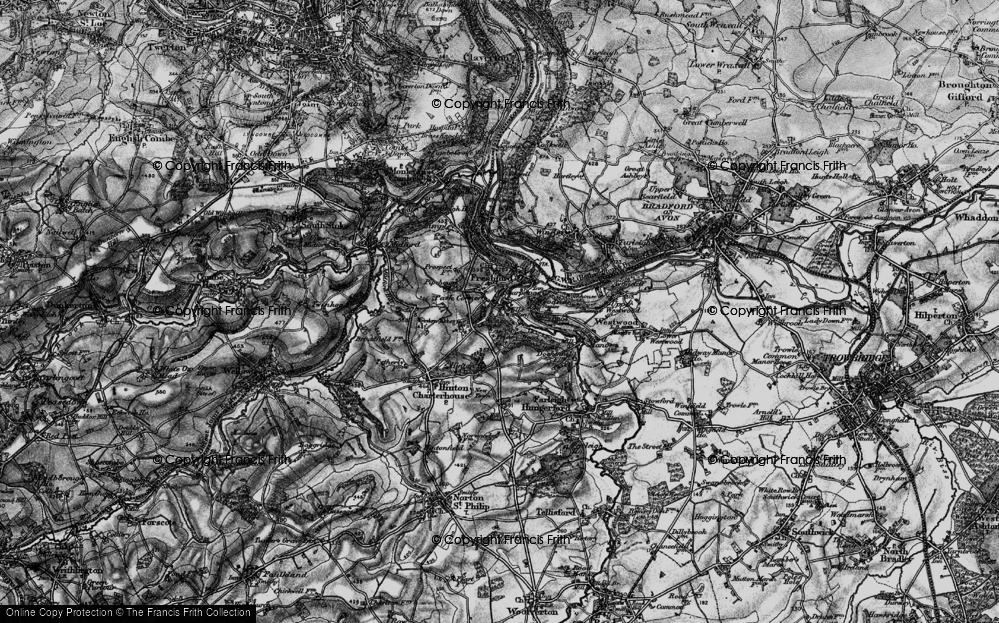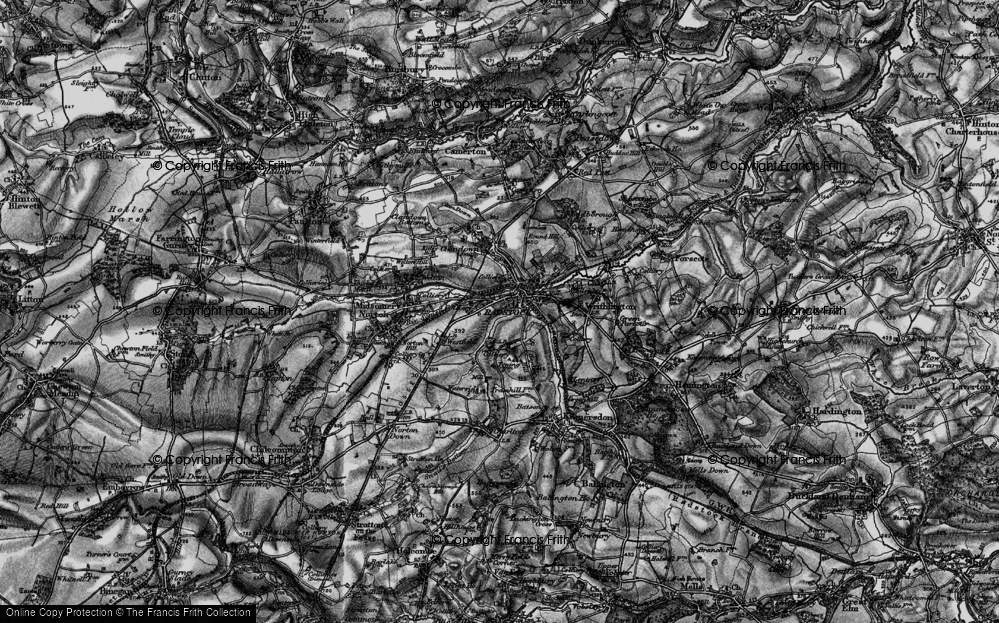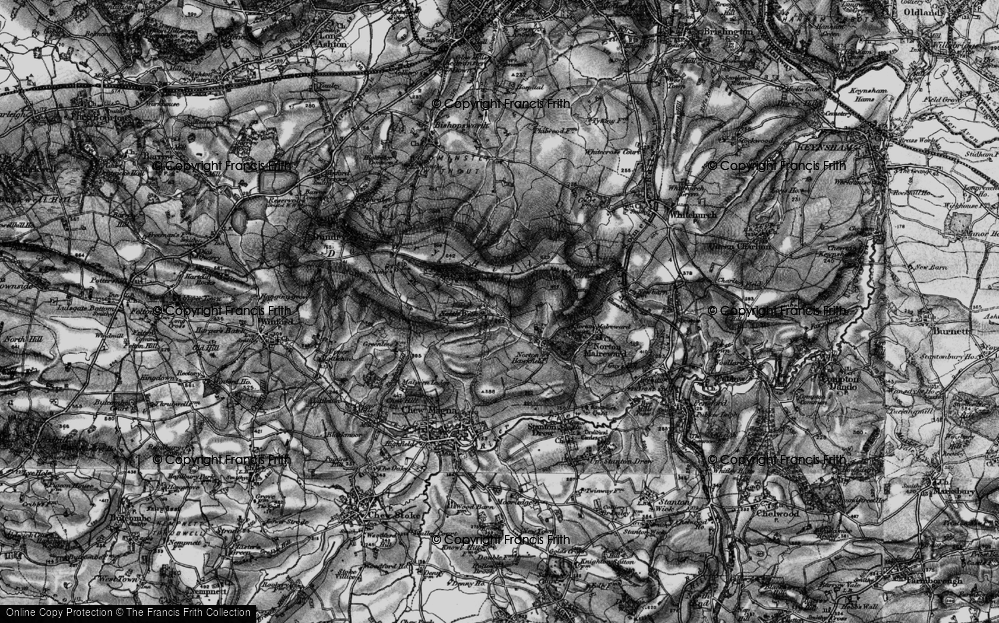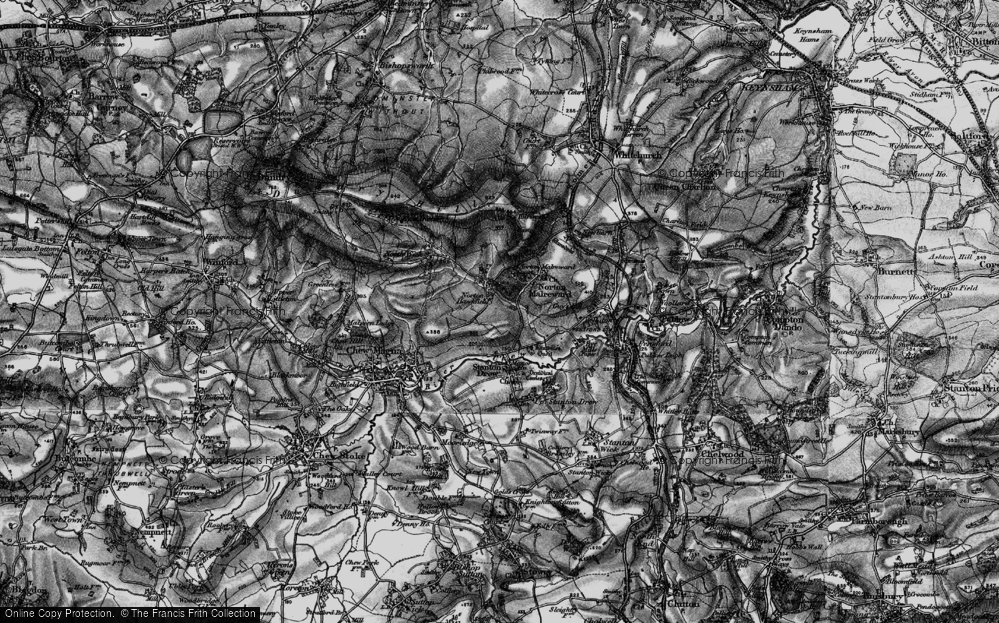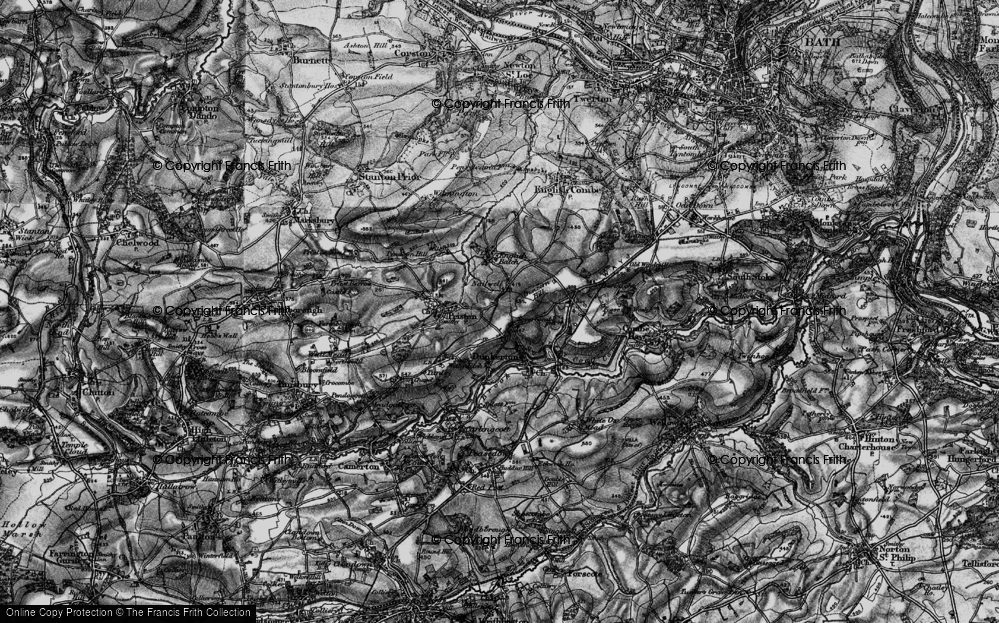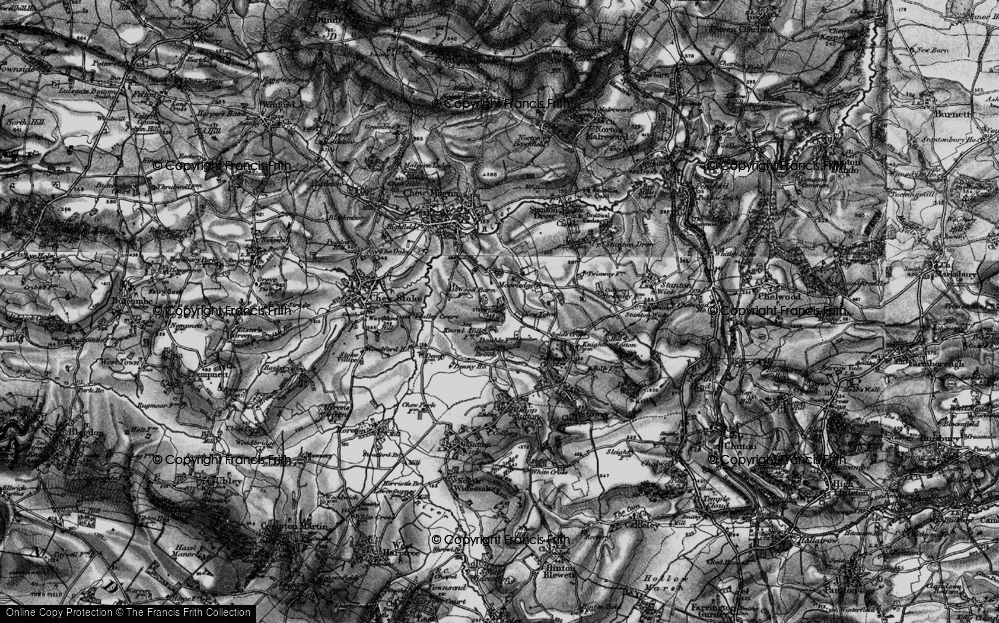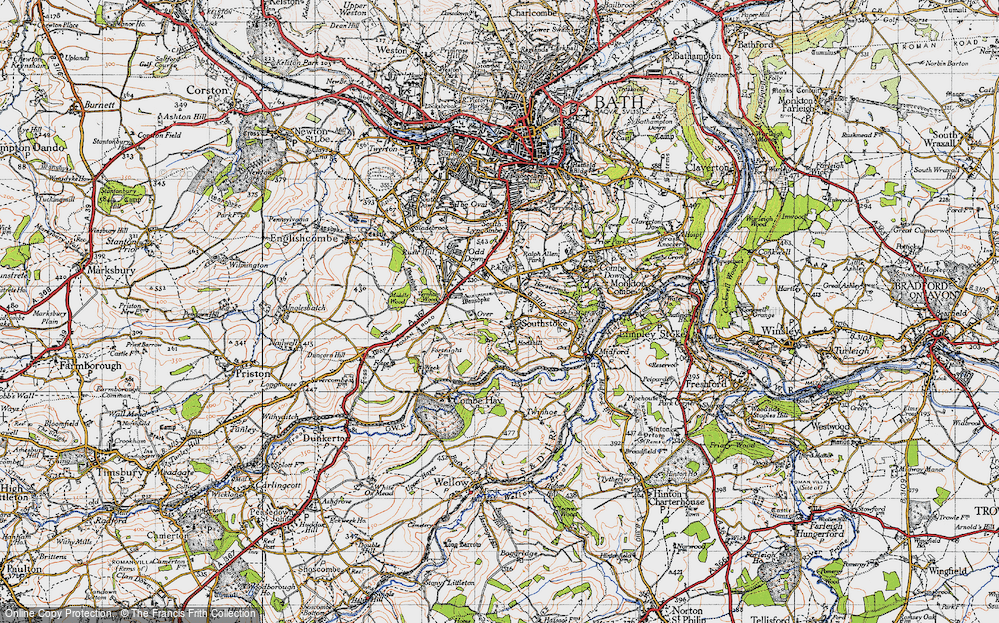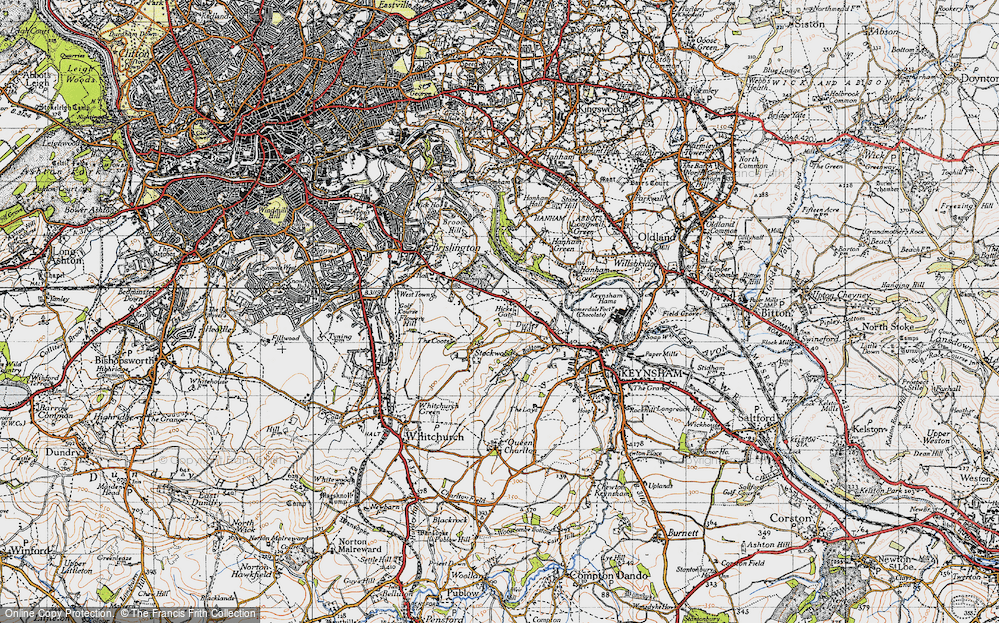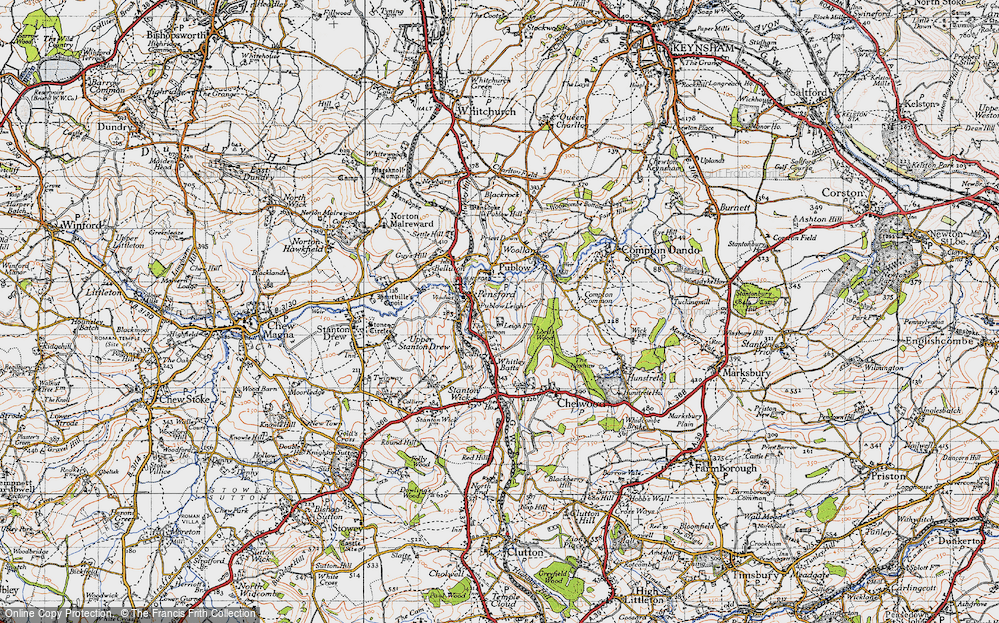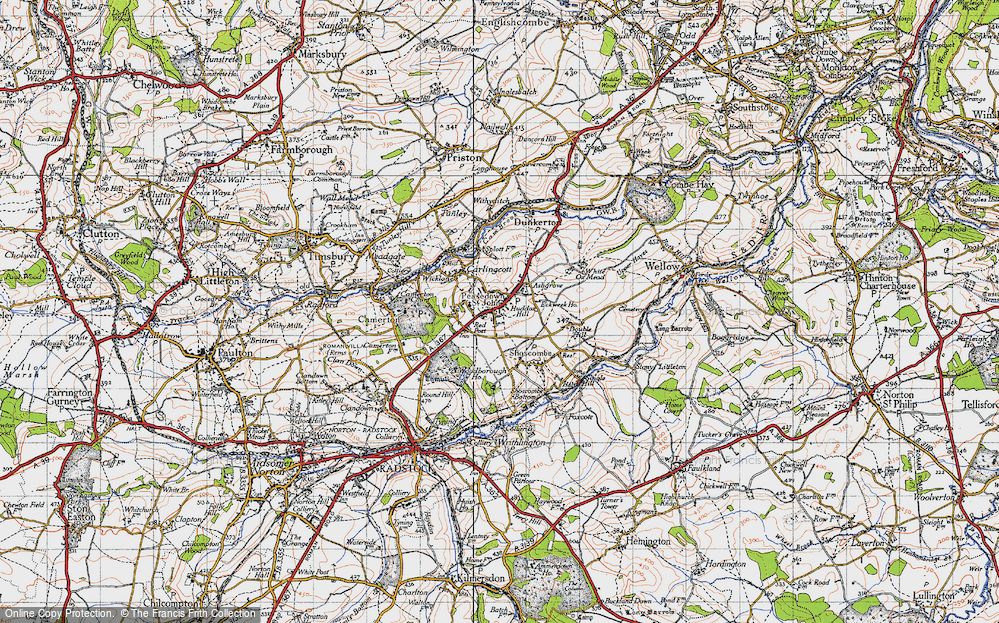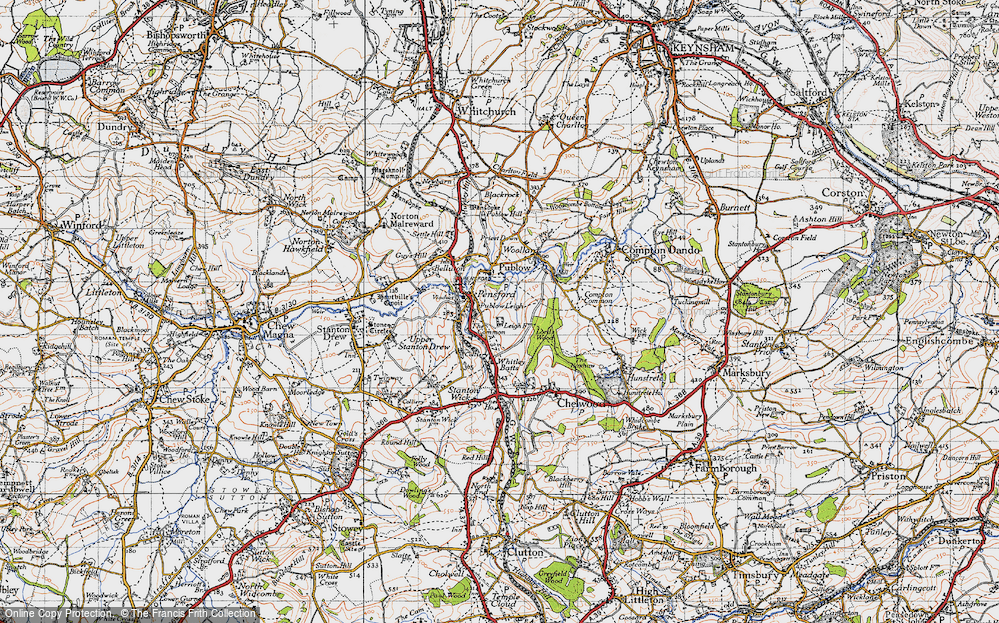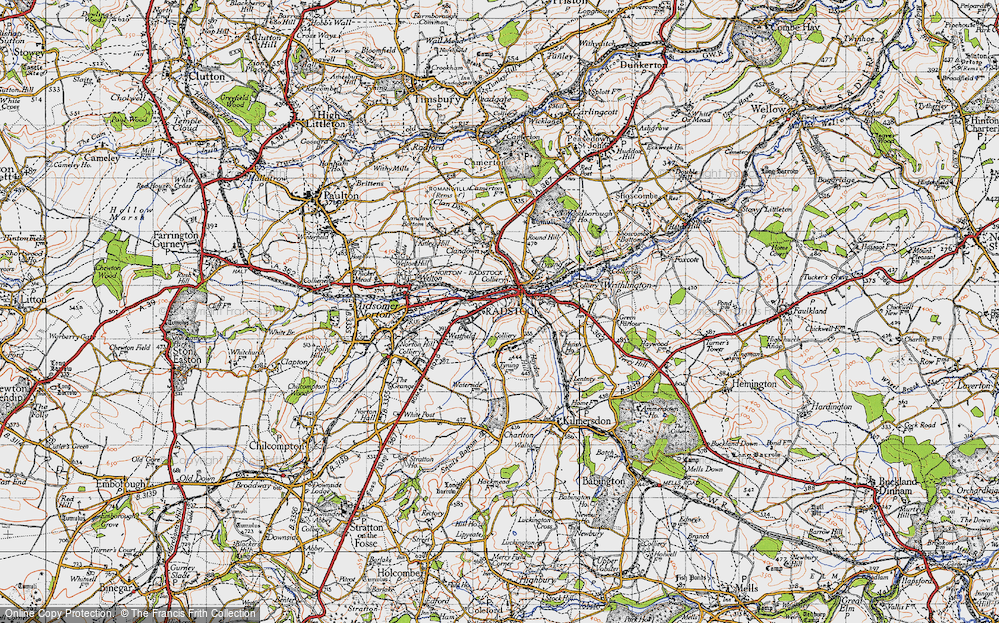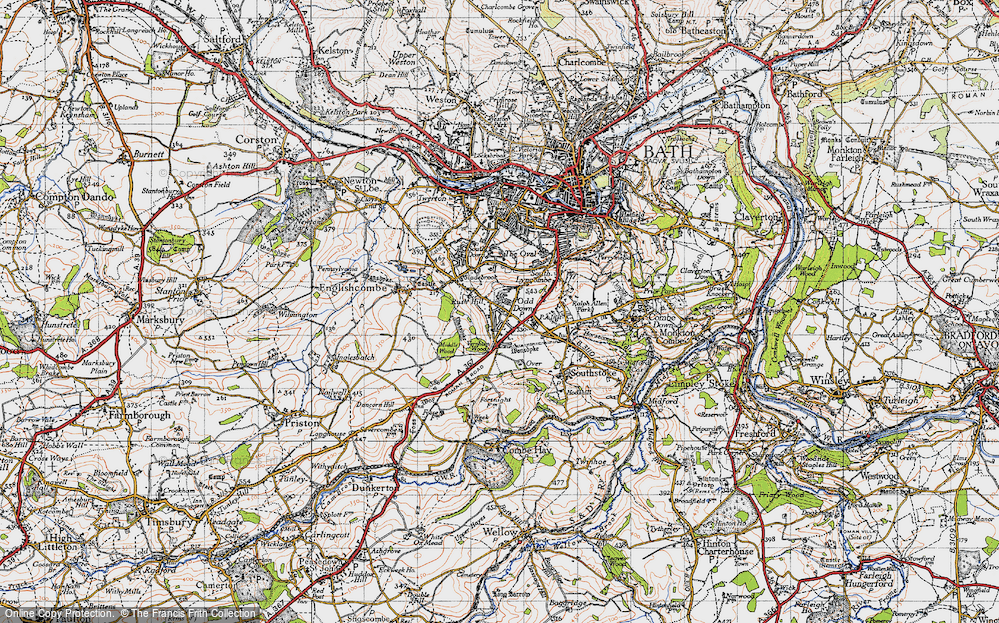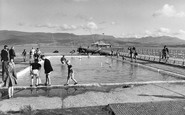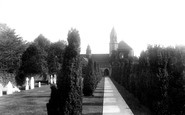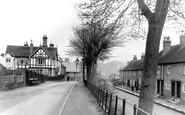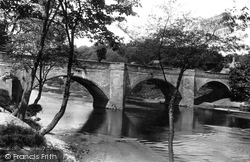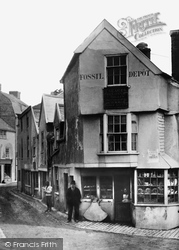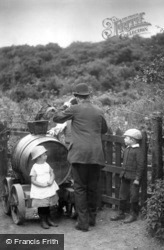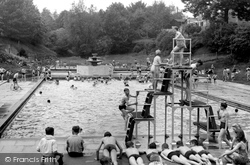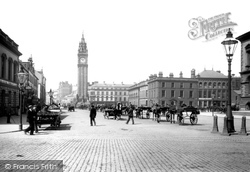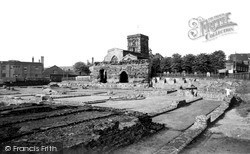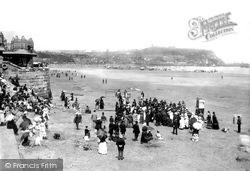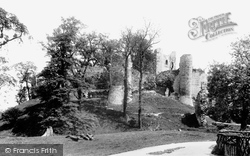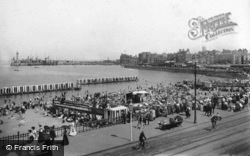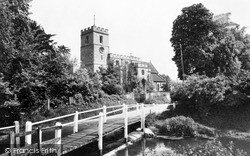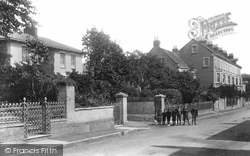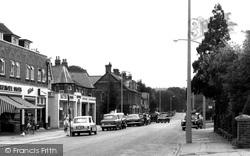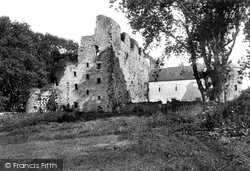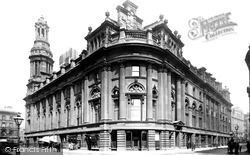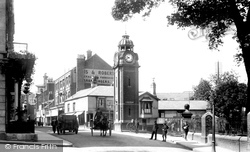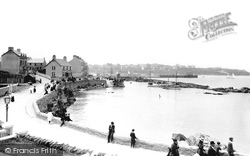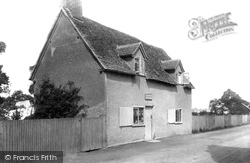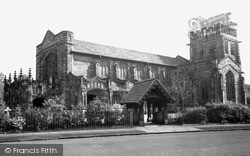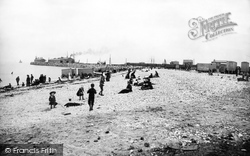Places
Sorry, no places were found that related to your search.
Photos
Sorry, no photos were found that related to your search.
Maps
1,353 maps found.
Books
3 books found. Showing results 985 to 3.
Memories
2,048 memories found. Showing results 411 to 420.
The Good Old Days
My grandmother lived in Rose Hill, and was brought up in Siop Penlon,now a dreadful looking Chinese take away.I loved Beaumaris as it used to be,the pier, cafe ,and fishing at the end of the pier, . the old swimming pool with the ...Read more
A memory of Beaumaris by
The Ghost Of Sarah Siddons
It has long been claimed that the lady in black who haunts the beautiful old Theatre Royal in King Street, home of the Bristol Old Vic, is none other than the great actress Sarah Siddons. There are similar tales of ...Read more
A memory of Bristol by
The Gamekeeper At Rousdon Manor Peek Estate
Hi, I am Louise Brown of Australia. My grandmother Ellen Maud Edwards (married name Jefferis) lived with her parents Samuel and Alice Maud Edwards (Searle), at the cliff Cottage on the Peek Estates around ...Read more
A memory of Rousdon in 1900 by
The Gables Boys Home.1960s.
I was at the Gables Boys Home for approx a year and a half, from 1966 to half way through 1967, I was taken there because I was always bunking off school, and the little tin god authorities in those days decided that was ...Read more
A memory of Maldon in 1966 by
The Gable House
The black and white half-timbered building in the photograph was The Gable House, owned by my late grandmother, Nancy Hawkes and her sister, Hilda Cook. The house was run as a short-term residential home for patients staying ...Read more
A memory of Droitwich Spa in 1940 by
The Flower Of Wales
In 1965 I met Gaynor Beatrice Jenkins in Ettlingen, Germany. She worked for the Sewing Factory in Llantrisant and was on a work assignment in Ettlingen , Germany. She was one of twin daughters to Gordon Llewelyn Jenkins and ...Read more
A memory of Llantrisant in 1965 by
The Flood
Teresa Clarke's memory reminded me of the flooding of Jan. 1953. I was 9 years old and living in Gwynne Road with my folks. We were boarding at No 44, owned by Mr and Mrs. Carr. They played Crib and he polished the brass in the ...Read more
A memory of Dovercourt in 1953 by
The Fleetwood I Left Behind
I was born in Fleetwood in 1947 but seemed to oscillate between there and Malaya for a number of years up to the age of 12 just before dad died. My first memories are of starting at Stella Maris convent and then ...Read more
A memory of Fleetwood in 1970 by
The Flats Bearmans Lyons Cafe And Pie Mash
I often think how lucky we post-war Leytonstone kids were to be born in the East End of London, yet have the whole of Wanstead park, the flats and what we called the forest at the end of our street, ...Read more
A memory of Leytonstone by
The Farm On Broad Lane
I was four years old and lived with mum in a caravan parked in this farmer's field along with other caravaners. Mum and dad would have paid rent to the owner of the farm. I was the only youngster around and had no ...Read more
A memory of Burtonwood in 1959
Captions
1,059 captions found. Showing results 985 to 1,008.
This sturdy bridge over the River Wharfe, linking Boston Spa with Thorp Arch, was built in 1770. Along the banks to the east is the old Spa Baths, now converted to housing.
The Victorian Fossil Depot was first run by James Dollin. He was followed by Thomas Seager, who may well be the gentleman smoking a pipe (centre left).
For us today, with water spurting from taps in sinks, basins and baths, it is hard to imagine the time and labour that used to be involved in collecting and fetching water.
Outdoor swimming pools were a feature of the concern for health and fitness in the 1930s.
Its quays were once the heart of Belfast the port, and there is no doubt that the remains of Chichester Quay on the right and Hanover Quay on the left will be found below the cobblestones.
St Peter's Church, Nevendon is an ancient church built in the 13th century by a member of the Fitz-Lewis family.
For us today, with water spurting from taps in sinks, basins and baths, it is hard to imagine the time and labour that used to be involved in collecting and fetching water.
The extensive remains of Ratae Coritanorum, the origins of the city, and a Roman regional capital, are not only to be seen exposed on the surface, but extend under surrounding build- ings.
Punch and Judy hold the attention of the formally-dressed crowd of holidaymakers in the South Bay.
Its official name is the Church of St Thomas and St Luke, but everyone in Dudley knows it as 'top church.'
This great fortress was built by Hamelin Plantagenet, half-brother of Henry II.
Benjamin Beale, a local glovemaker and a Quaker, invented the bathing machine in 1751 to conserve ladies' modesty while they took a dip in the briny.
The River Beane runs close to the church, and is liable to heavy flooding.
Street names intially included 'Reform Place 1835' to commemorate electoral changes after the Boundary Commission had reported: 'The chief trade arises from the manufacture of hemp and flax, and Allington
One is outside the Stepping Stones pub. The main road, which includes The Broadway, which we see here, was built in 1765. Baxter's is now Bath Travel. The railway bridge is at the far end.
At Christmas 1557, Oxwich would be the scene of an incident that would result in litigation before the Court of the Star Chamber. Sir Rhys was distantly related to Sir George Herbert (?
This building is the third Exchange to be built in this area. The first was in the Market Place, near St Anne's Square, built in 1729 at the expense of Sir Oswald Mosley, Lord of the Manor.
This building is the third Exchange to be built in this area. The first was in the Market Place, near St Ann's Square, built in 1729 at the expense of Sir Oswald Mosley, Lord of the Manor.
Looking across the Menai Straits to Anglesey, the city of Bangor is the largest town in the north-west corner of Wales, the former principality of Gwynedd, and home to an ancient diocese and the University
Benjamin Beale, a local glovemaker and a Quaker, invented the bathing machine in 1751 to conserve ladies' modesty while they took a dip in the briny.
Brighton made the seaside fashionable for the upper crust, and its wider popularity was settled when the railway made the connection in 1841.
The village in which John Bunyan once lived has almost become a place of pilgrimage.
William Lever, later Lord Leverhulme, added every amenity he could think of to the village. A club-house, library, hospital, youth club, gymnasium and swimming baths, all were included.
'The sands', says the Frith title, but as you can see, central Morecambe has always had a pebble beach, especially at high tide.
Places (0)
Photos (0)
Memories (2048)
Books (3)
Maps (1353)


